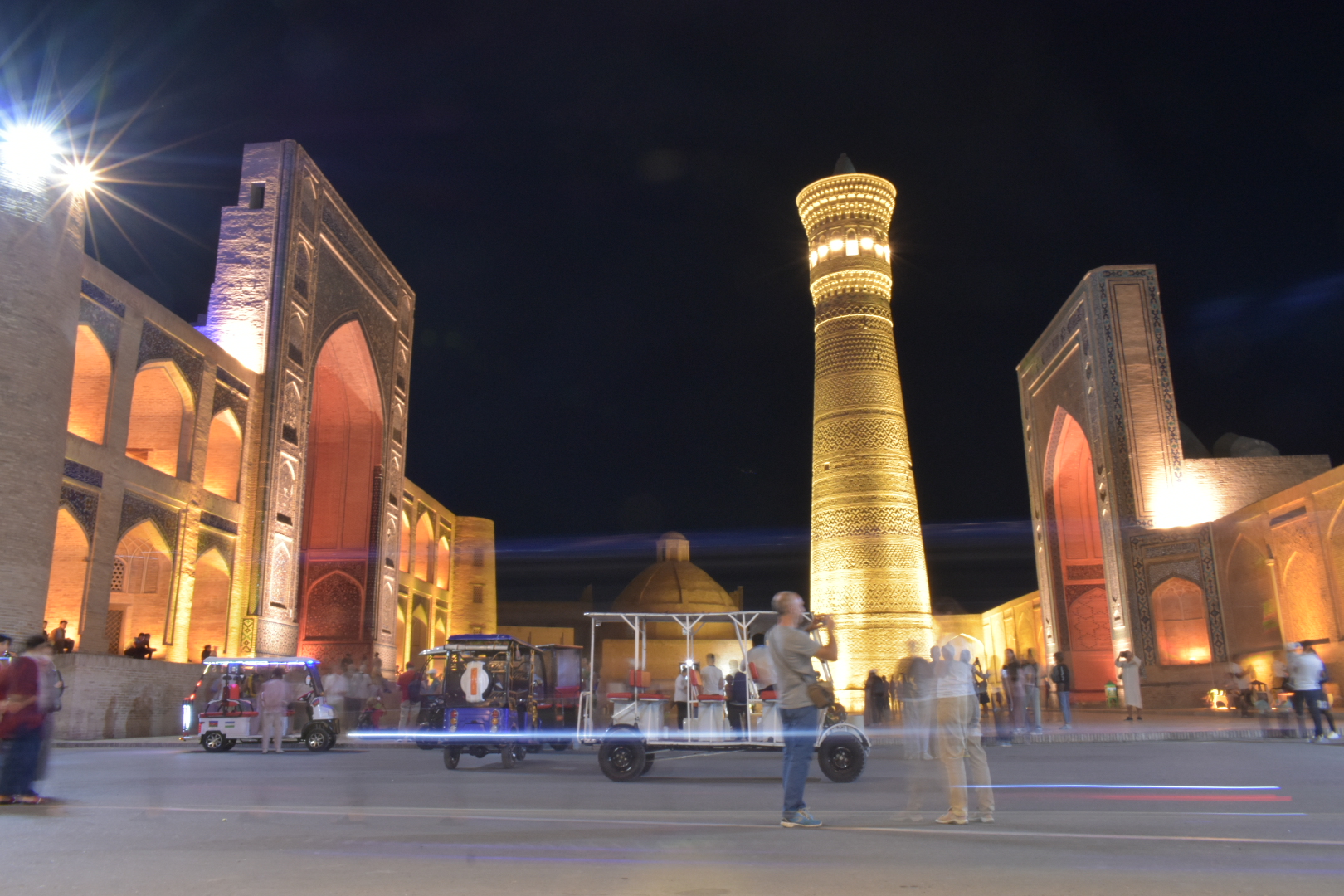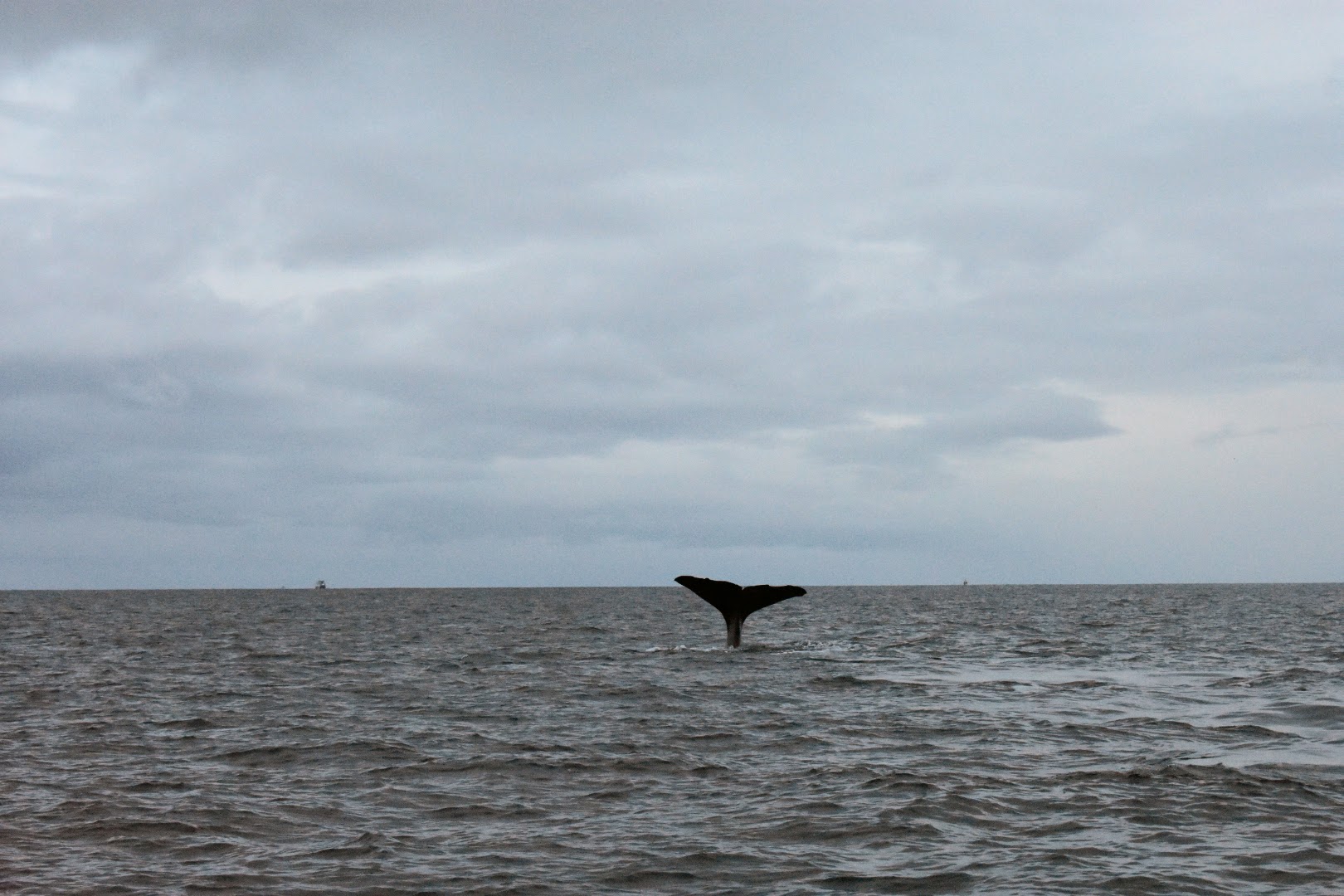Costa Rica vs Panama + why I preferred Panama
Panama and Costa Rica are two highly popular places to visit in Central America, and rightly so: they’re a pair of “beginner-friendly” countries well used to receiving visitors and with plenty to offer. I travelled through both during my time in Latin America, mainly visiting several wildlife hotspots in each and making time for their small towns, museums and hiking trails. Here’s why despite my excitement for Costa Rica being higher beforehand, I ended up preferring Panama (even though I still loved my time in both).
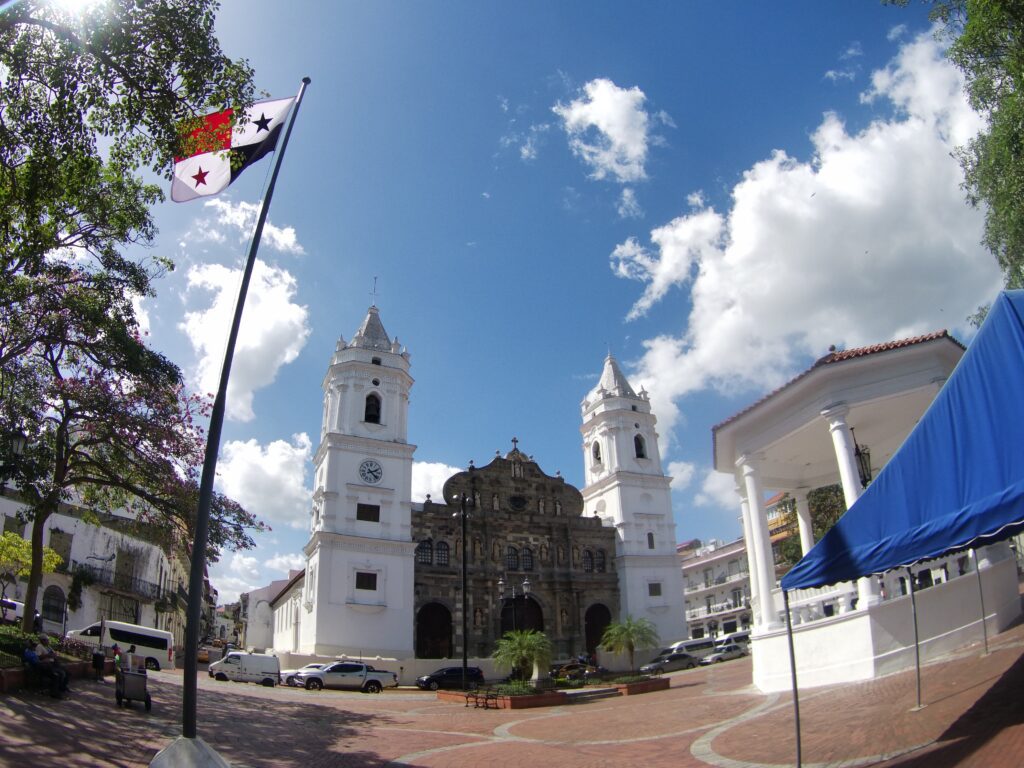
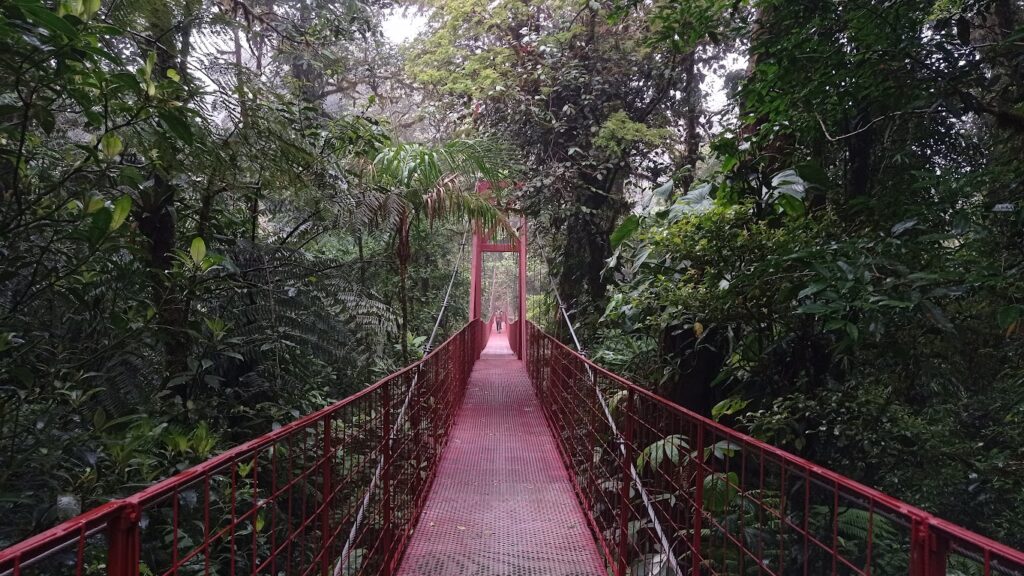
Contents
- Where in Costa Rica and Panama I personally went
- Wildlife – Costa Rica wins, but Panama doesn’t do too badly.
- History – Panama takes the gold. Double entendre intended.
- Capital cities – Panama City is much better.
- Getting around – Panama is miles ahead.
- Costs – Panama is slightly cheaper than Costa Rica
- Safety – both are quite safe.
Where in Costa Rica and Panama I personally went
It would be a little remiss of me to not mention this detail, and I spent roughly the same number of days in both countries.
My route was as follows: landed in Panama City where I stayed for three nights, taking day trips out to the Canal and the forests nearby, then I headed west through the highlands to Anton Valley, Boquete and Volcan Baru, staying for a couple of nights in each. I then crossed the border into Costa Rica, with the beaches and jungles of the Osa Peninsula my first stop for four nights.
And by the way, travelling from the chilly Panamanian highlands down to the coast is quite the adjustment.
Then I headed north to Quepos for the nearby mangroves (though many people use it as a base for Manuel Antonio National Park) and Monteverde for its cloud forests, staying a couple of nights in each. I then spent three days in La Fortuna where arenal volcano and a host of quintessentially Costa Rican activities like ziplining and sloth spotting are on offer. Finally, I finished it all off with San Jose for my flight on to Mexico – although I technically stayed a week, it was to get work done so there wasn’t any touristy stuff.
I missed out on some places from both countries, particularly along the Caribbean Coast which I’d definitely like to go back for, but all in all I managed to get most of the wildlife hotspots done with a bit of history, hiking and general sightseeing on the side.
You might also like…
Wildlife – Costa Rica wins, but Panama doesn’t do too badly.
Since wildlife is Costa Rica’s calling card and this is Shoestring Safari, it’s only natural that I begin this comparison here.
With its biodiversity and commitment to going beyond greenwashing, Costa Rica has a well-deserved reputation as a prime wildlife-spotting destination. Such was the case wherever I went in the country. The pristine Osa Peninsula with its flocks of pelicans and the occasional whale out at sea, the troops of monkeys and tapirs in the forest and the scarlet macaws swooping over the beaches of Drake Bay. The gardens and forests of Arenal where I spotted no fewer than two sloths a day and that was apparently on the low end of the scale. The cloud forests of Monteverde with their quetzals and hummingbirds. The fruit feeders where birds of a rainbow of feathers flocked together. All kept my camera busy.
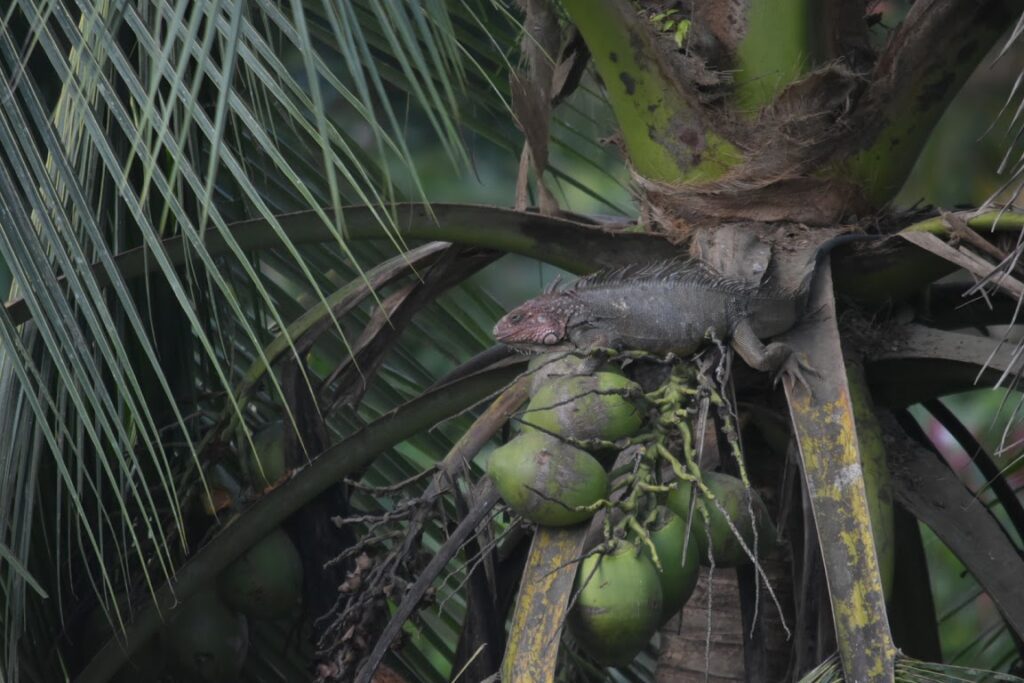
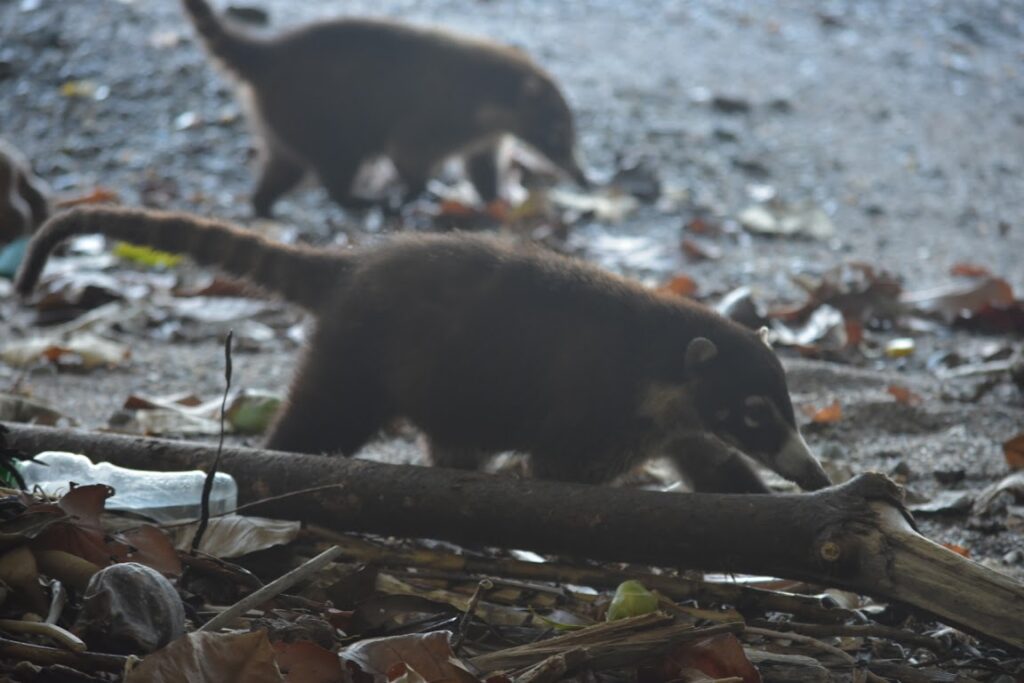
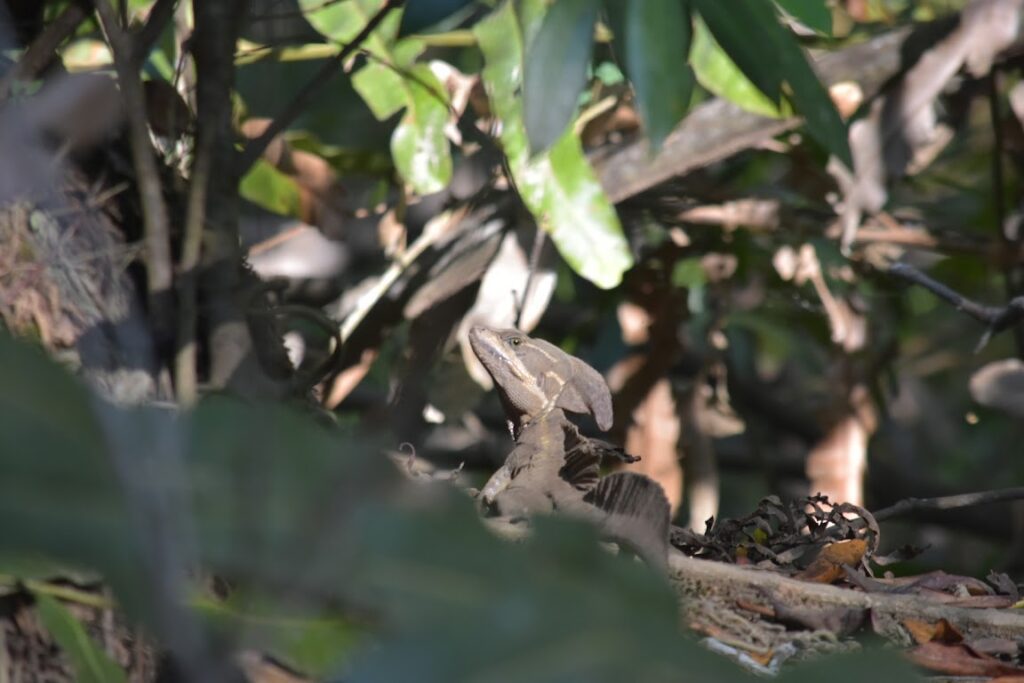
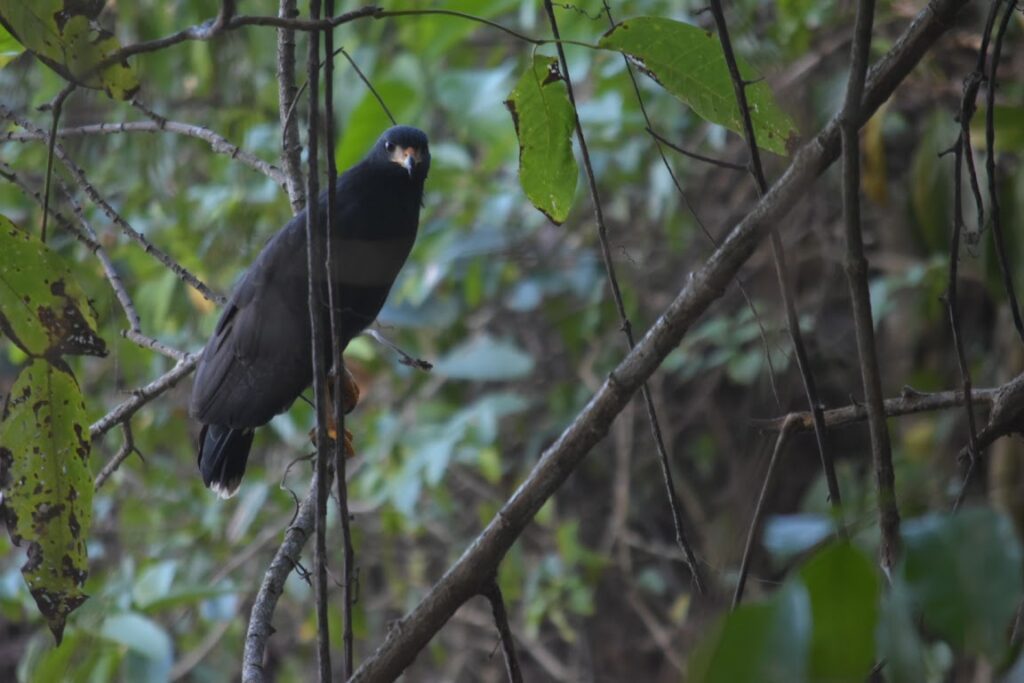
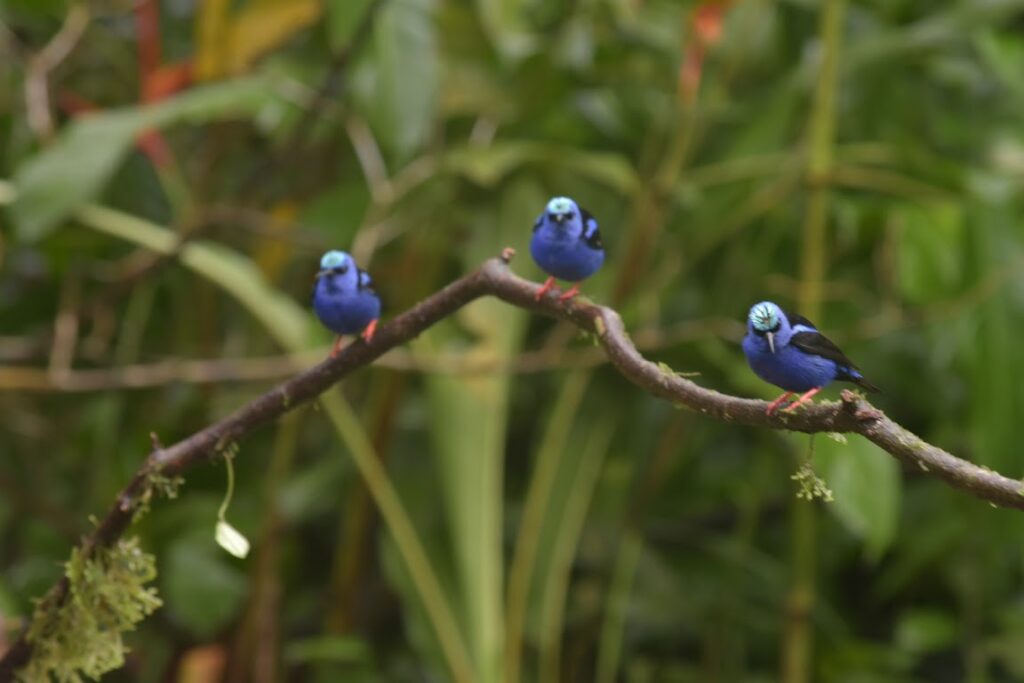
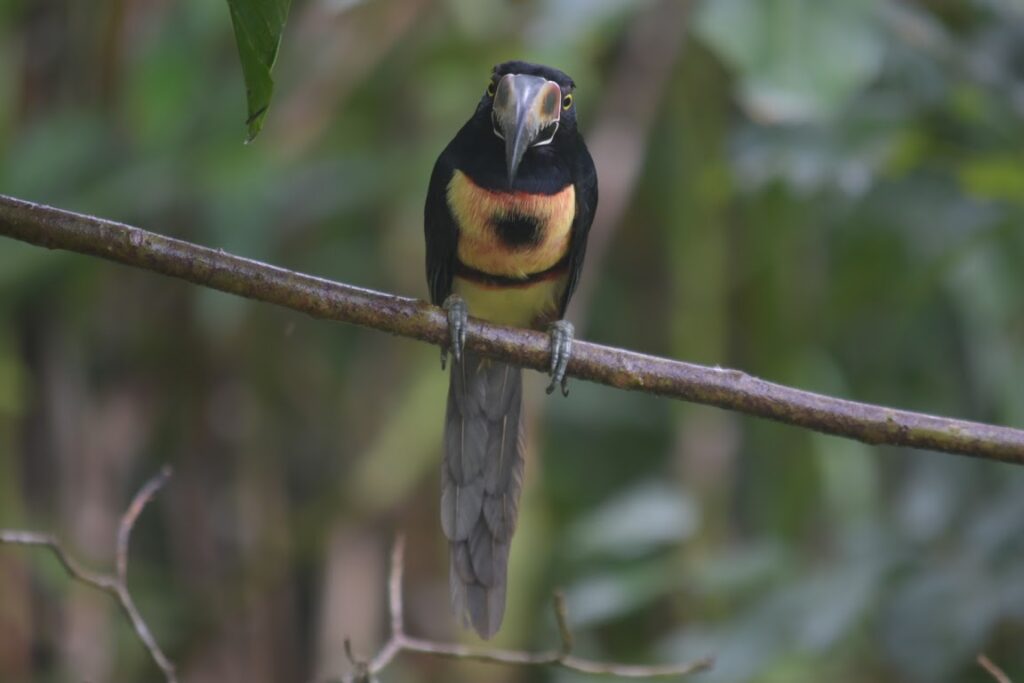
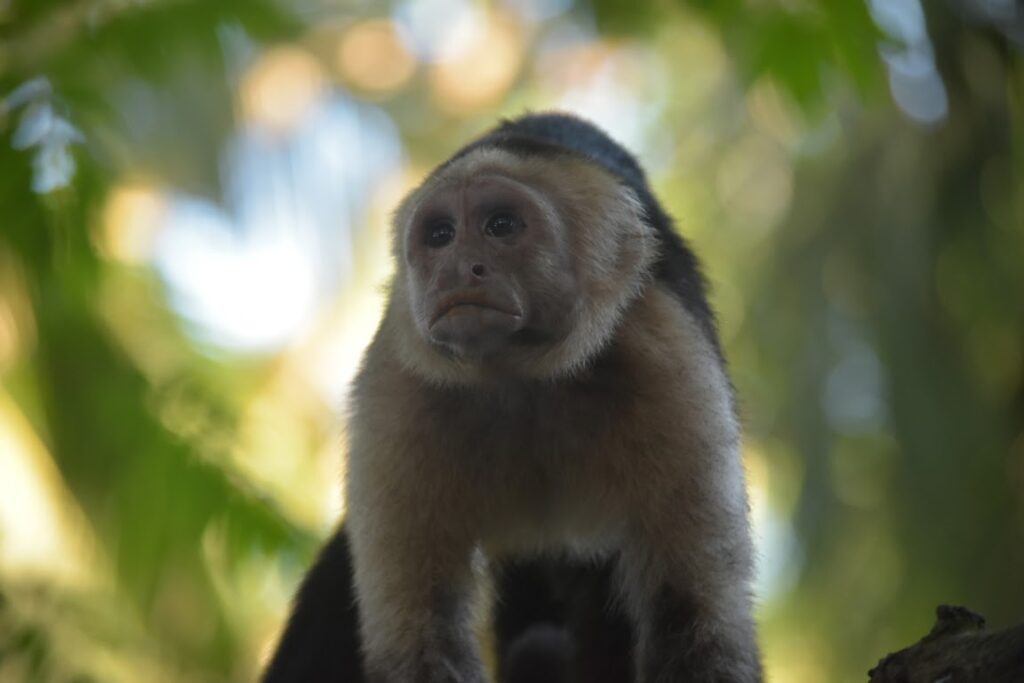
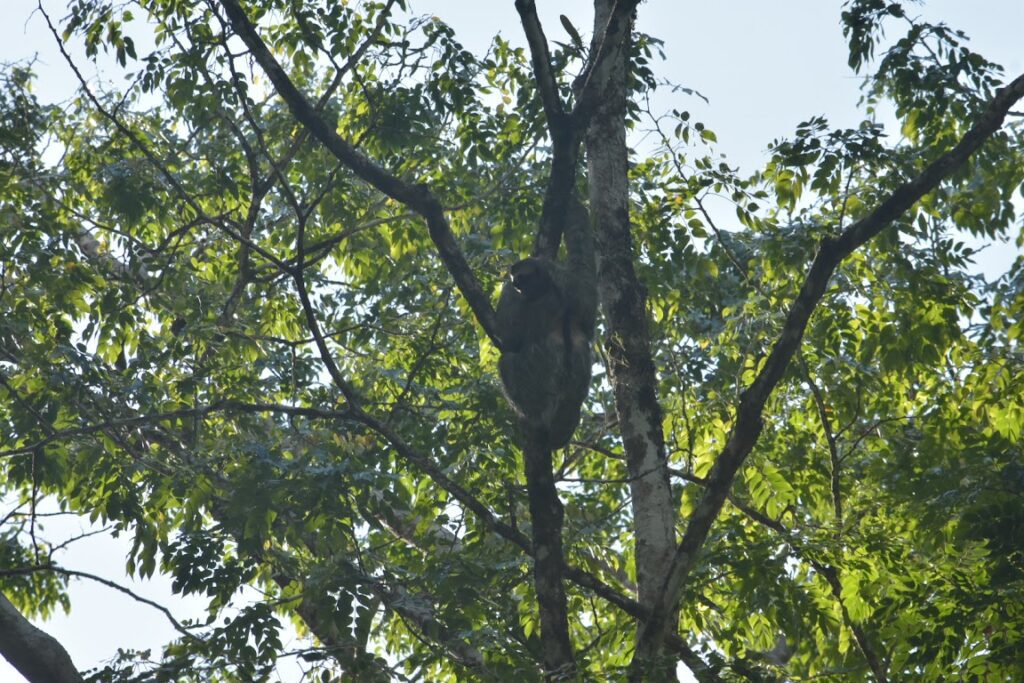
Panama didn’t feel quite as wildlife-filled by comparison, but that’s not for a second to say it was lacking in animals. For me, I got off to a great start in Parque Metropolitano just outside Panama City, where a single morning turned up deer, Geoffrey’s tamarins and both species of sloth, their whereabouts pointed out to me by a friendly park keeper (they generally stay in the same tree for days on end). A bit further afield is the Pipeline Road, a patch of forest known among birding circles for being one of the most species-rich sites in the world. My dawn visit here did indeed turn up plenty of birds, plus a gang of coatis and a troop of black howler monkeys sounding off. Another highlight of my time in Panama was when, up in the cloud forests of Boquete, I encountered a male resplendent quetzal in all his… well, resplendent, glory, and there wasn’t another tourist around.
On that note, and to dish out a bit of a bonus point, Panama never felt very touristy. Costa Rica had plenty of off-the-beaten-track moments to offer, but it sometimes felt like you had to work a bit harder to find them.
History – Panama takes the gold. Double entendre intended.
Let me paint you a picture.
Costa Rica was for the most part a backwater, inhabited all the same by pre-Columbian civilisations and conquered by the Spanish, but neither left much of a mark: unlike Mexico down to Nicaragua, there are no pyramid-filled ancient cities or colour ‘n cobblestone colonial towns. There are some spheres created from the pre-Columbian era and a couple of ruined Spanish churches, but that’s about it.
Panama, by contrast, was a key artery through which the lifeblood of the Spanish Empire (i.e. looted gold) flowed. Not far from where the Panama Canal sits today, they established the Camino de las Cruces, and you can still trek along some of the original trail to this day. Near Panama City sprung up the old colonial city of Casco Viejo and the now-ruined Panama Viejo, the latter ravaged by Henry Morgan’s pirates. On the other end of the Camino sits the fortress of Portobello, surprisingly intact despite the test of time and, again, pirates.
And who could forget the famous canal itself? While it proved a bit of a double-edged sword, one that led to plenty of money but also plenty of meddling from the US, one cannot deny it is an incredible feat of engineering and a fascinating one to learn about when in Panama. A visit to Miraflores Locks to watch a film on the canal in their Imax narrated by Morgan Freeman and possibly watch a freighter glide through the locks makes for a (somewhat surprisingly) serene day trip.

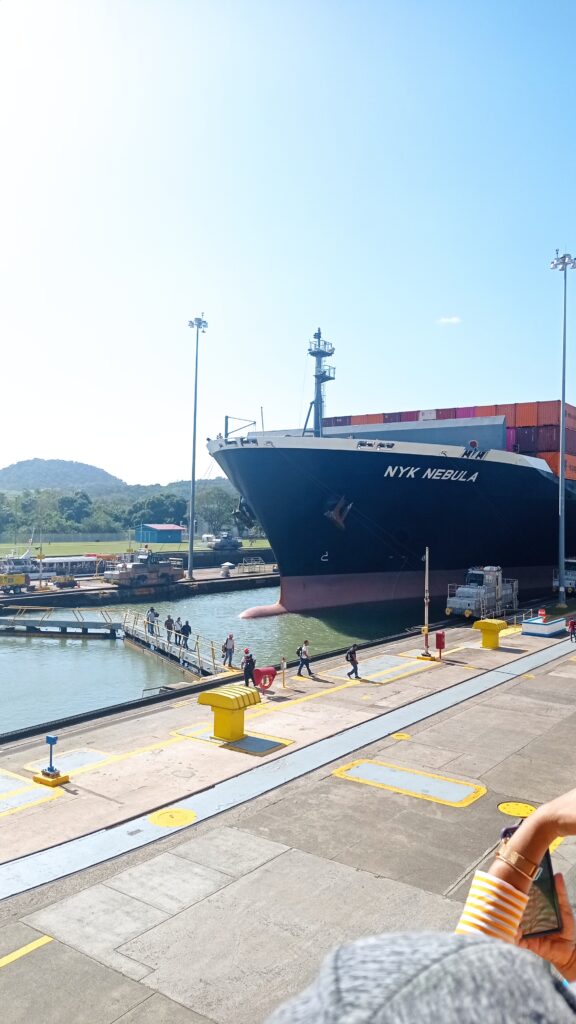
As a Scotsman, another bit of trivia relevant to me personally was that over in the Darien, the then-independent Scotland attempted a colony that proved such a disaster that the UK was formed. While I didn’t visit the site (not that any of the houses or the fort remain), many Panamanians knew this story and it was quite fun to discuss with them when they heard where I was from. One family I stayed with even had an old map of the region showing New Edinburgh, as it was known.
Capital cities – Panama City is much better.
Panama’s capital may be better known for tax breaks than city ones, but look beyond the skyscrapers and you’ll find a colonial quarter full of bars and restaurants, the ruins of a city ransacked by pirates, parks full of wildlife, seafood markets serving fresh ceviche and a seafront where locals end the day with a jog or a walk in the warm evening sunshine. Actually, don’t look too far beyond the skyscrapers, for many of them are blessed with rooftop pools and bars open to Joe Public.
San Jose, by contrast is known for… little beyond its airport. People treat San Jose a little like Johannesburg – a city to land in but then get out of ASAP and onwards to the country’s wilder areas. To be fair it has some beautiful buildings such as the National Theatre and a collection of small but informative museums about the country, so if you do find yourself here there’s enough to keep you occupied. Nonetheless, I simply cannot see Costa Rica’s visitors willingly giving the capital a few days the way Panama’s do.
Getting around – Panama is miles ahead.
Thanks to a series of large buses along the major roads and minibuses connecting the villages, getting around Panama never felt at all difficult. Even in a mountaintop village I visited where few foreigners went, there was a minibus passing through every 15 minutes. Plus, Uber covers most of the Panama City metropolitan area and much of the outlying areas so I was able to use it to get early morning access to the Pipeline Road.
Costa Rica, on the other hand, required a lot more forward planning. Buses, while cheap, were incredibly infrequent and even popular locations like Monteverde saw little more than a few a day. When I travelled from Quepos (for Manuel Antonio National Park) to Monteverde, my only option was to take an incredibly early morning bus to a coastal city and wait for four hours for an onward bus, otherwise I wouldn’t have made the connection. There was often the option to take a tourist shuttle, though this was of course always much more expensive.
Costs – Panama is slightly cheaper than Costa Rica
If you’re coming from Nicaragua, Honduras or Colombia you won’t find either country a bargain, but Panama manages to be just a bit cheaper when comparing like for like (a plate of the ubiquitous chicken and rice costs $5 in Panama and $7 in Costa Rica, for example). Panama also manages to be cheaper since you won’t be as tempted to take a tourist shuttle.
In addition to the higher costs, I found Costa Rica’s dual currency system a little annoying at times. Prices would be quoted in Costa Rican colones or US Dollars, and if you asked to pay in the other you’d be quoted at a slightly unfavourable exchange rate (in other countries I always found they’d look up what it currently is).
Safety – both are quite safe.
I never personally felt unsafe in either Costa Rica or Panama, primarily since I knew where the no-go zones were and avoided them. The advice for both is oddly similar: stay away from a city on the Caribbean side – Limon for Costa Rica and Colon for Panama – and certain areas of both countries’ capitals.
Aside from this, the usual advice goes: keep a close eye on your belongings, be careful when withdrawing cash and if you go walking around at night in the cities make sure there are other people around you.



